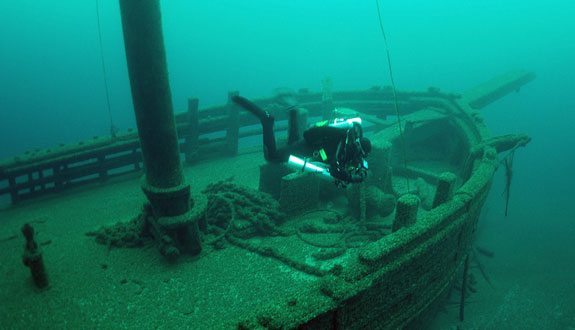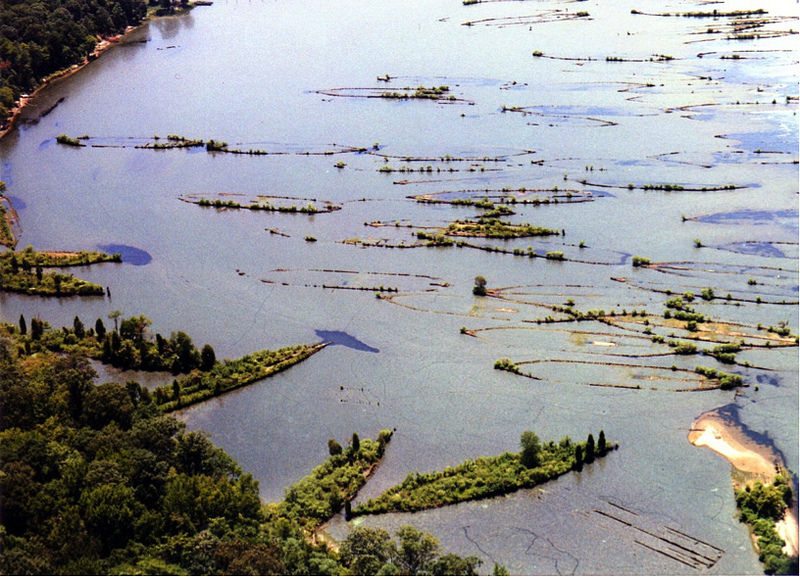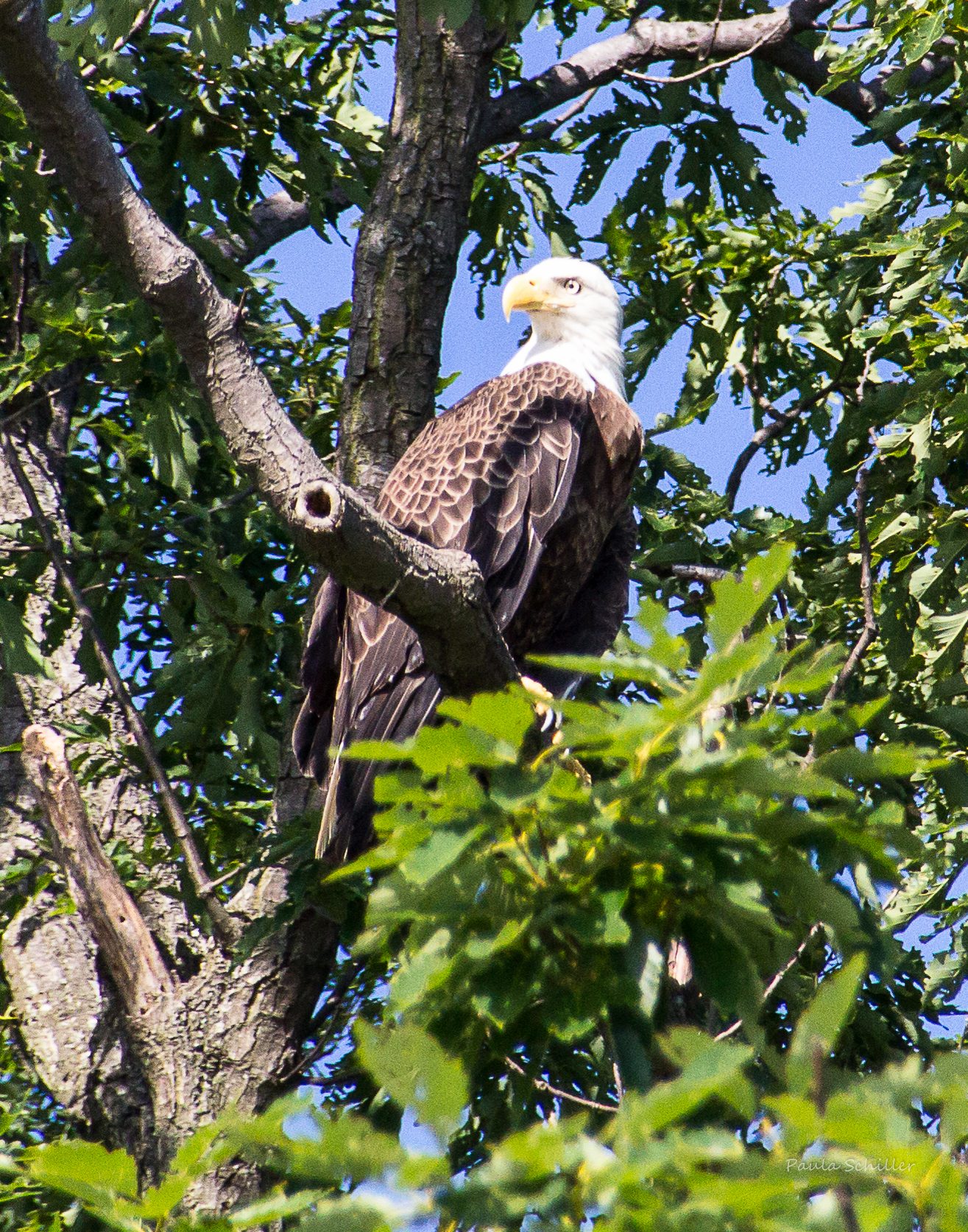


Protect Great Lakes Historic Shipwrecks and Communities
For centuries, the icy cold waters of Lake Michigan served as a treacherous gateway for communities, commerce, and trade that drove the prosperity and expansion of our nation. The maritime heritage of Wisconsin runs deep with more individually listed shipwrecks on the National Register of Historic Places than any other state. Eighteen of the 55 listed shipwrecks in the state are located within the boundaries of the potential national marine sanctuary, including two of the oldest shipwrecks discovered in Wisconsin to date. The State of Wisconsin submitted a nomination for Wisconsin-Lake Michigan to be recognized as a national marine sanctuary in 2014 through the sanctuary nomination process. The nomination was put forward by the State of Wisconsin with the communities of Port Washington, Sheboygan, Manitowoc and Two Rivers and more than 60 letters of support.
In 2016, the National Oceanic and Atmospheric Administration (NOAA) proposed three alternative plans for the new national marine sanctuary at Wisconsin-Lake Michigan and how it would be managed. The agency, in collaboration with local partners, developed these alternatives based upon the community-driven nomination and public feedback during the initial meetings.
The Foundation supports the preferred alternative (Boundary Alternative A) to preserve 37 known historic shipwrecks and 80 potential unexplored shipwrecks and to promote recreation, education, and tourism opportunities across 1,075 square miles of Lake Michigan. Without protection, these historic shipwrecks and habitat they provide are left vulnerable.
Why Protecting Wisconsin-Lake Michigan Matters
Establishing a national marine sanctuary along Wisconsin’s Lake Michigan shoreline will preserve and celebrate these nationally significant shipwrecks; help conserve the largest freshwater system in the world; and provide exploration, research, and education partnerships. The natural, recreational, historical, and cultural resources located in Wisconsin’s central Lake Michigan coastline are integral to the region’s economy, support a vibrant quality of life, and create a unique sense of place and history.
For some, these shipwrecks are family legends and local lore tied to their ancestry and community in addition to their national historic importance. These hallowed waters harbor vessels lost to the treacherous waters and weather of the lakes. A national marine sanctuary dives into these histories and uncovers our past.
For others, the wrecks serve as popular locations for exploring, diving, fishing, and heritage tourism contributing revenue to the local economy. A national marine sanctuary expands recreational and tourism, enhances public access and stewardship; and leverages economic development opportunities. The sanctuary also fosters partnerships for education and research by testing innovative and cutting edge technologies; connecting maritime museums, state and local parks, and school districts to expand access to Great Lakes curriculum; and advancing Science Technology Engineering and Math (STEM) education to promote job skills and opportunities for the next generation.


The National Marine Sanctuary Foundation stands with federal, state and local elected officials; historical societies, businesses, museums, and environmental, recreational, conservation, fishing, tourism and educational groups.
NMSF supported the communities’ efforts including organizing a Great Lakes regional workshop; featuring Tom Mlada, Mayor of Port Washington, as a representative for the nomination at Capitol Hill Ocean Week 2015 to address the marine and Great Lakes policymakers and larger community; and engaging Members of Congress. Rep. Glenn Grothman (R-WI) subsequently joined the Congressional National Marine Sanctuary Caucus.